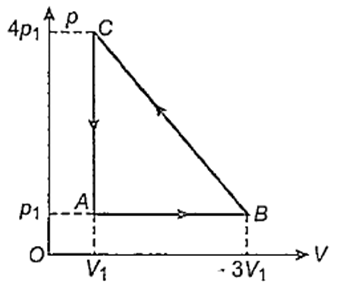 Multiple Choice Questions
Multiple Choice QuestionsDimensional formula for the universal gravitational constant G is
[M-1L2T-2]
[M0L0T0]
[M-1L3T-2]
[M-1L3T-1]
A body is projected vertically upwards. The times corresponding to height h while ascending and while descending are t1 and t2 respectively. Then the velocity of projection is (g is acceleration due to gravity)
A mass of 10 kg is suspended from a spring balance. It is pulled aside by a horizontal string so that it makes an angle of 60° with the vertical. The new reading of the balance is
20 kg-wt
10 kg-wt
A body of mass 4 kg is accelerated upon by a constant force, travels a distance of 5 m in the first second and a distance of 2 m in the third second. The force acting on the body is
2 N
4 N
6 N
8 N
If μ0 is permeability of free space and ε0 is permittivity of free space, the speed of light in vacuum is given by
A body weighs 50 g in air and 40 g in water. How much would it weigh in a liquid of specific gravity 1.5 ?
30 g
35 g
65 g
45 g
A simple pendulum is suspended from the ceiling of a lift. When the lift is at rest its time period is T. With what acceleration should the lift be accelerated upwards in order to reduce its period to T/ 2? (g is acceleration due to gravity).
2 g
3 g
4 g
g
B.
3 g
Time period of simple pendulum is given by
When the lift is moving up with an acceleration a, then time period becomes
Dividing Eq. (ii) by Eq (i), we get
a = 3 g
If γ is the ratio of specific heats and R is the universal gas constant, then the molar specific heat at constant volume CV is given by
γR
An ideal gas is taken via path ABCA as shown in figure. The net work done in the whole cycle is

3p1V1
− 3p1V1
6p1V1
Zero
In which of the processes, does the internal energy of the system remain constant ?
Adiabatic
Isochoric
Isobaric
Isothermal
